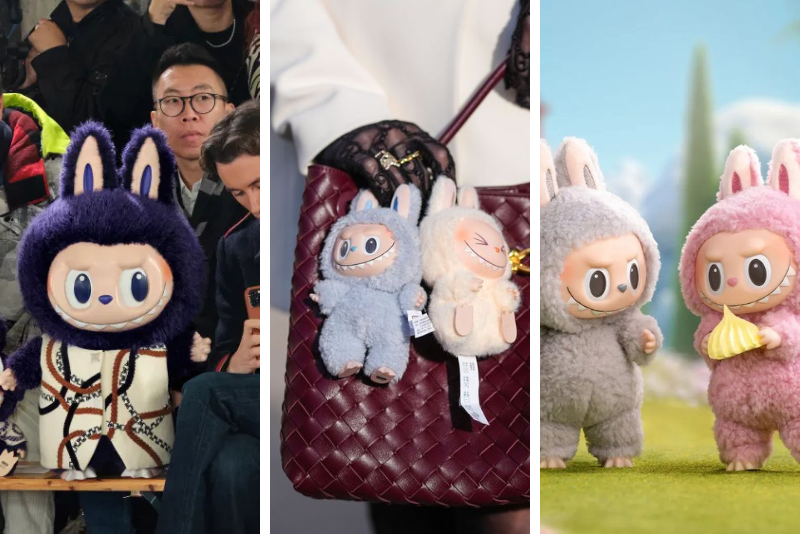
We live in a world full of mass-produced trends and products, making standing out hard. Somehow, Labubu dolls have emerged from the overcrowded market and have become a full-blown cultural movement. Their combination of cute yet creepy have created this hauntingly cute charm that blends whimsy and nostalgia in a way that resonates deeply across generations.
But what is it about this furry creature that has led to long queues, international sell-outs, and grown adults proudly clipping them onto luxury handbags?
What Are Labubu Dolls?
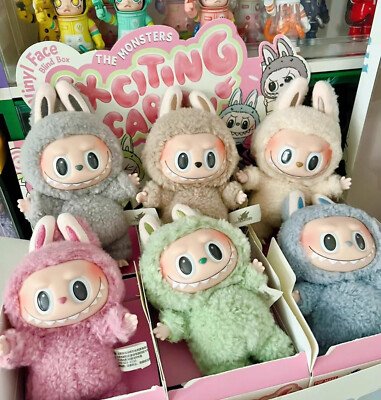
Labubu is the signature character from The Monsters series, created by acclaimed Hong Kong artist Kasing Lung. Initially introduced in 2015, the character draws inspiration from Nordic folklore, mixing mischievous energy with melancholic charm. Labubu really shot to fame following a 2019 collaboration with Chinese toy giant Pop Mart, which began releasing it in blind box formats — collectible toys packaged in mystery boxes, where buyers don’t know what figure they’ll get until unboxing.
Why Are Labubu Dolls So Popular?
1. Design That Balances Cute and Creepy
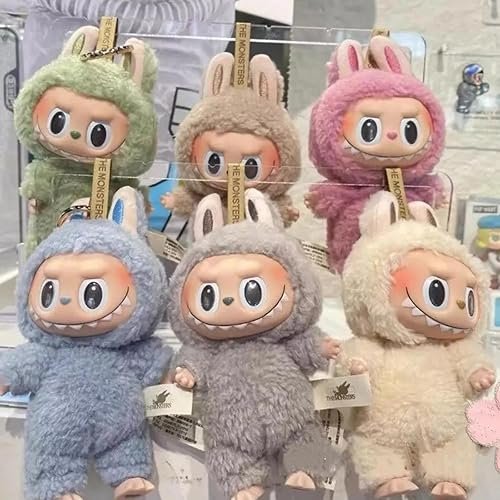
With a mix of cute yet creepy features, Labubu manages to balance the grotesque and adorable – a rare aesthetic that evokes both nostalgia and novelty. With wide, toothy grins and playful eyes, it is almost like the younger cousin of the oddball charm of 80s and 90s toys, like Cabbage Patch kids, but with modern sophistication.
2. The Blind Box Boom
https://www.youtube.com/watch?v=v44Gqh6QAUk
Pop Mart’s marketing genius lies in its blind box strategy. The randomness of unboxing — and the hope of getting a rare figure — fuels demand and drives repeat purchases. The element of mystery gives it the thrill of gambling, with far cuter stakes. Very reminiscent of Pokemon Trading Cards from the 90’s.
3. Celebrity Endorsement
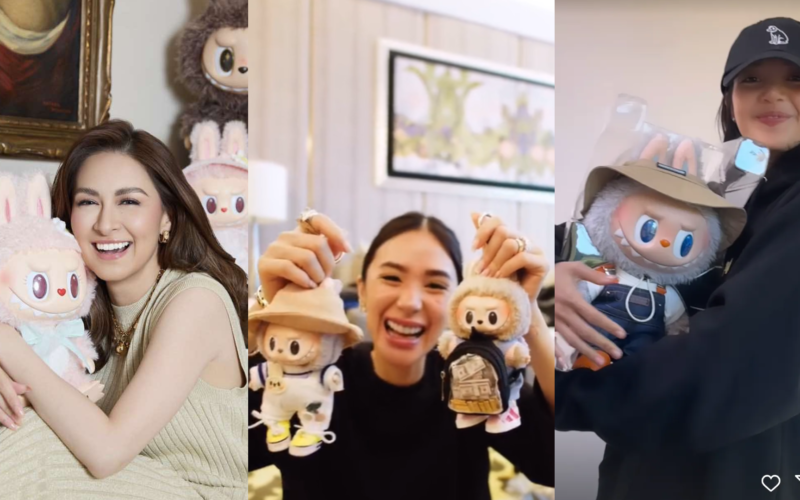
Starting with the likes of Blackpink’s Lisa and Rihanna, high-profile fashion figures have embraced Labubu dolls as statement accessories. Fashion magazines like GQ have even declared them the latest “men’s luxury handbag accessory,” solidifying their role as adult collectibles, not children’s toys.
More Than a Toy: The Cultural Psychology Behind Labubu’s Rise
If this isn’t aggressive sales hyperbole, it’s an admission of touching innocence — especially for those too young to remember the Cabbage Patch Kid riots of 1983, the Tamagotchi state repression of 1996, or the Beanie Baby bubble of the late ’90s. Every generation has had its craze, but Labubu is different — it’s a movement designed for adults.
We now live in a cultural moment where nostalgia has merged with consumer identity. As design academic Gözde Goncu Berk explains, trends like Labubu dolls are not random. They encapsulate social anxieties, technological shifts, and our need for emotional anchors. They’re less about play and more about symbolic comfort in a chaotic and unpredictable world.
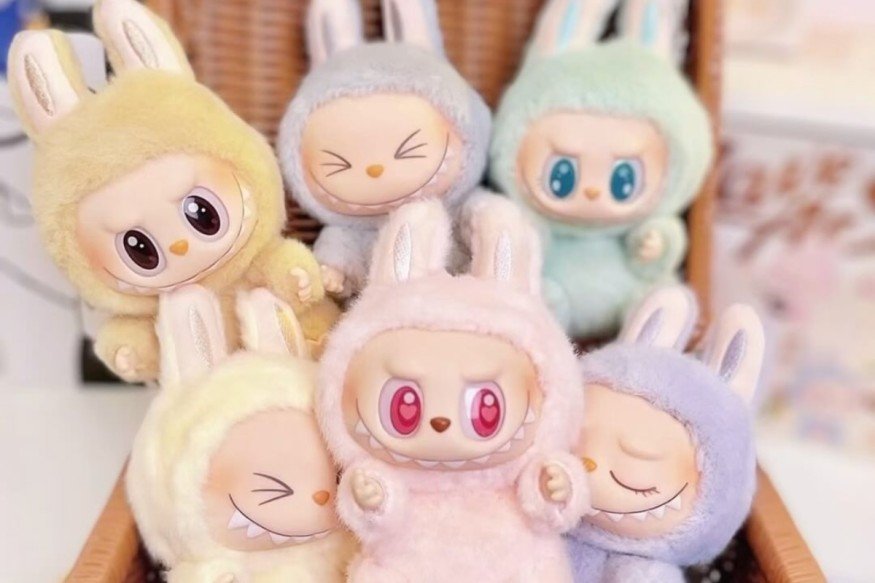
Much like adult coloring books, franchise reboots, or Lego competitions, Labubu offers a gateway to childhood simplicity — an escape from economic volatility, climate anxiety, societal collapse and digital fatigue. Its limited availability becomes a stand-in for authenticity, uniqueness, or even meaning.
Labubu in the Luxury Fashion Space
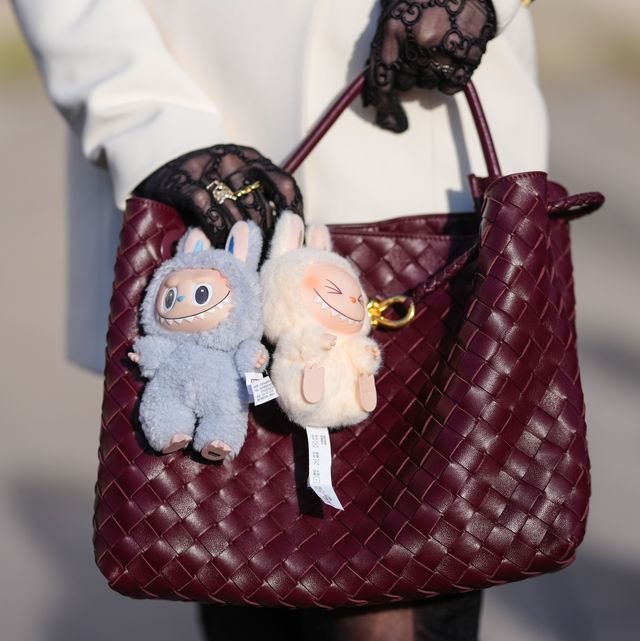
Luxury fashion, once the domain of sleek minimalism, is now increasingly embracing playful surrealism. Labubu dolls, when attached to Hermès bags or Prada totes, send a playful message: “I’m stylish, but I don’t take myself too seriously.”
Much like Vivienne Westwood’s orb or Comme des Garçons’ heart, Labubu offers wearers a pop of personality in a market often ruled by monotony.
Conclusion: Labubu as a Totem of the Times
Labubu isn’t just a toy — it’s a reflection of our times. It’s a symbol of emotional escape, fashion-forward individuality, and the cultural longing for simplicity in an overstimulated world. As grown-ups adopt fluff balls with monster faces, maybe we’re not being childish — maybe we’re seeking meaning in the last place we thought to look: our own childhoods.


